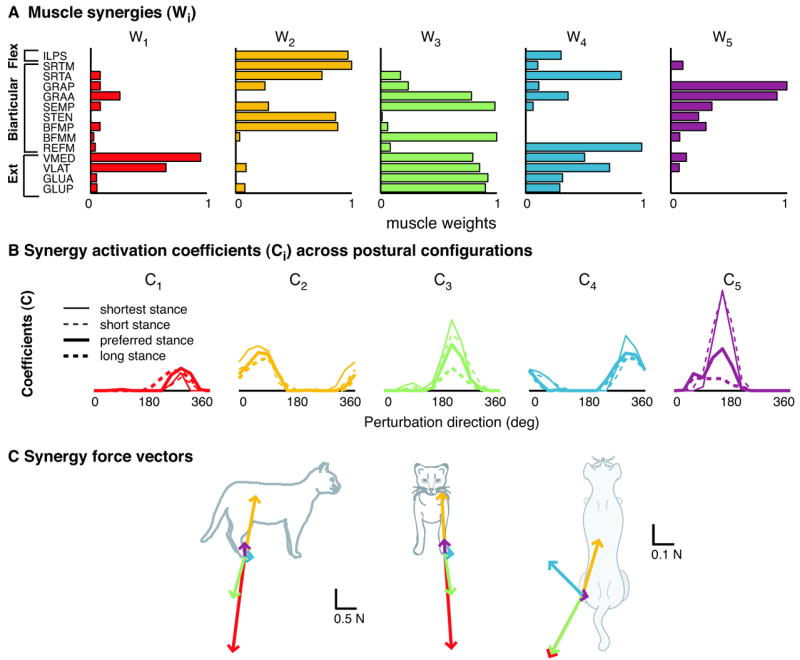Figure 5. Muscle synergies robustly produce endpoint forces in cat postural control.

A) Five muscle synergy vectors, Wi, extracted from postural responses to support surface translation at the preferred stance distance in cat Bi. These five muscle synergies account for over 96% of the total variability accounted for in the preferred stance. Each bar represents the relative level of activation for each muscle within the synergy. Note that muscles can contribute to multiple muscle synergies. B) Activation coefficients, Ci, representing the purported neural commands to each muscle synergy during postural responses in four different postural configuration. Upper traces show background activity of each muscle synergy during the quiet stance period before perturbations. Lower traces show the synergy tuning curves in response to support surface translations. Changes in muscle tuning curves at different stance distances are due to variations in the amplitude of the neural commands to the various muscle synergies. Some muscle synergies (e.g. red, yellow) are relatively constant amplitude across all conditions, whereas others (e.g. green, purple) are highly modulated. C) Endpoint force vectors produced by each muscle synergy (same color coding), in the sagittal, frontal, and horizontal planes. Vectors are expressed as forces applied by the limb against the support surface. The amplitude of each the force vectors in any postural response is directly modulated by the amplitude of the neural command to each muscle synergy. (Adapted from Torres-Oviedo et al. 2006.)
